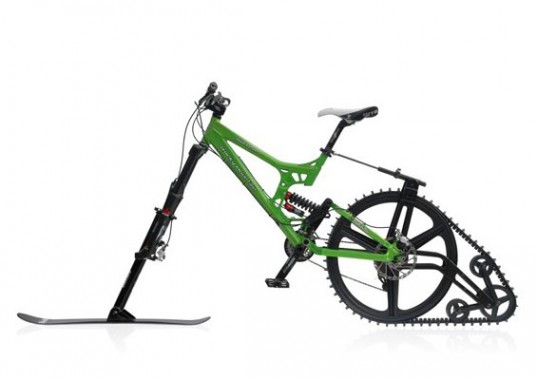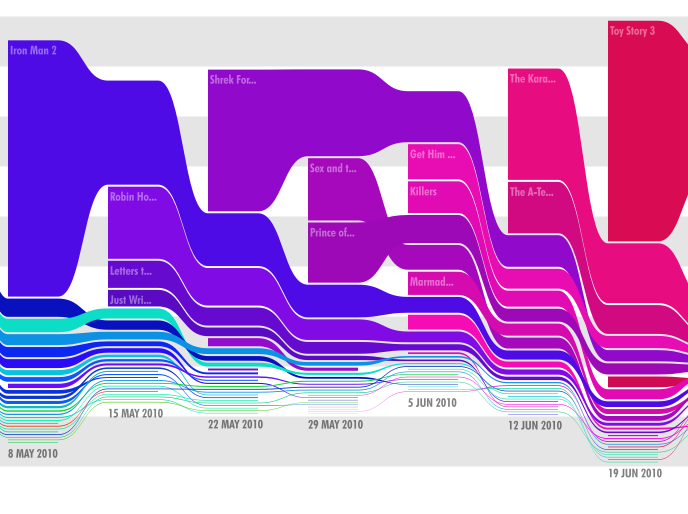- Use Cambelt for placeholder images (saves so much time)
- Read Right Wing Terrorism is Real
- Watch Christoph Waltz use the Meisner technique
- Listen Alabama Shakes – Hold On
More links to occupy your time…
In the unusual move, information is being posted to this somewhat misguided series of posts again. Similarly based websites refer to these as blogs. Im skeptical this qualifies. In any case, a list of links that Ive found interesting recently is below for your reading. Some are design, some are political, some music, some tv, all of them will take your time.
- Read Effects of Typography on Reader Mood and Productivity
- Listen Edward Sharpe – Man on Fire
- Listen Kishi Bashi – Machester
- Read A City Where All Teens Would Be Forced to Carry Loaded AR-15s
- Watch NYC HD
- Watch Ownage Logo
- Lastly Delicious is back
For some context, these penguins are members of the Sea World family and were being transported from San Francisco to San Diego.
Via – ViralViralVideos
 Facebook and it’s other related social media web apps have their following and I have no problem with their existence or even their success. My problem is with their clout as a cultural influences. Let me explain. These social media sites have become so big they seemingly have their own gravitationally pull. If you’ve signed up, good luck getting away from their death grip on your profile. All that aside, I think this comic sums up my feelings on the situation.
Source: Sherman’s Lagoon Comic Strip
Facebook and it’s other related social media web apps have their following and I have no problem with their existence or even their success. My problem is with their clout as a cultural influences. Let me explain. These social media sites have become so big they seemingly have their own gravitationally pull. If you’ve signed up, good luck getting away from their death grip on your profile. All that aside, I think this comic sums up my feelings on the situation.
Source: Sherman’s Lagoon Comic Strip  I think this graph perfectly represents how the music industry has been handling the changing music business climate. I think, poorly, sums it up nicely. Im not sure if the years of suing their customers for “file sharing” or the general lack of quality control in the music they release has had an impact on their sales, but clearly their current methods for retaining or generating sales is not working.
Via Business Insider – Chart of the Day: Death of the Music Industry
I think this graph perfectly represents how the music industry has been handling the changing music business climate. I think, poorly, sums it up nicely. Im not sure if the years of suing their customers for “file sharing” or the general lack of quality control in the music they release has had an impact on their sales, but clearly their current methods for retaining or generating sales is not working.
Via Business Insider – Chart of the Day: Death of the Music Industry  Granted, I don’t own a bike, but if I did and we were fortunate enough to get snow, I would without hesitation install this on my bike.
Via Inhabitat – Transform Your Bike into a Snowmobile with the Ktrak Kit
Granted, I don’t own a bike, but if I did and we were fortunate enough to get snow, I would without hesitation install this on my bike.
Via Inhabitat – Transform Your Bike into a Snowmobile with the Ktrak Kit
New game from Techland. Hopefully the game is as good as the trailer. Watch the original cut first then the recut(forward).
Recut video after the break.
Dead Island: Official Announcement Trailer Recut (Forward)
Via: IGN Clever infographic that depicts movie sales (2010) over time. I really appreciate the interactiveness of the graph.
2010 US Movie Box Office
Clever infographic that depicts movie sales (2010) over time. I really appreciate the interactiveness of the graph.
2010 US Movie Box Office  Really great trolling in a public setting.
The Game of Graffiti Goes Grey
Via Kronikle
Really great trolling in a public setting.
The Game of Graffiti Goes Grey
Via Kronikle
One of the few segments I enjoy during ESPN’s coverage of Monday night football is “C’mon Man”. Each panelist or ‘noted football expert’ selects a moment in the past week’s games where a player seemingly didnt show up to play or had a complete lapse in judgement. The panelist shows the clip and then state “Cmon Man!”. I think this video represents the “C’mon Man” sentiment very well. Where were the Saints and specifically what was defensive back Tracy Porter doing? He’s number 22, you’ll see him being thrown to the ground midway through the run
http://www.youtube.com/watch?v=3GD5EUVIvWo